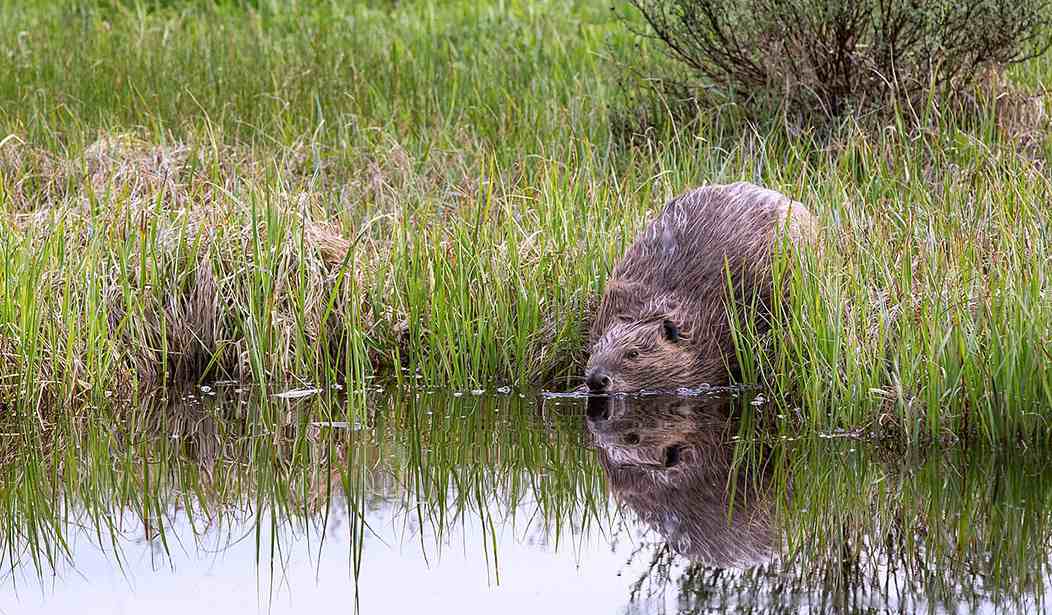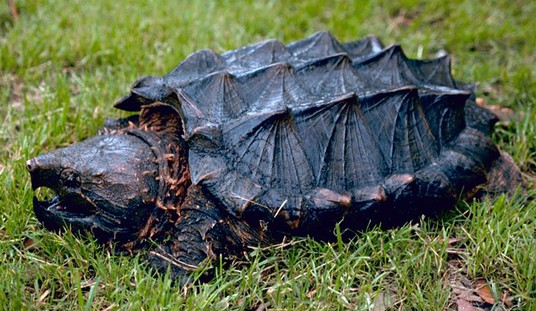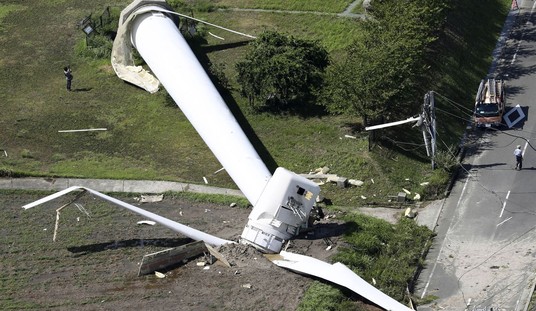Beavers are industrious little critters, as we all know. Their feats of civil engineering are unique among mammals, really being exceeded in the mammal world only by we humans. They are fun critters to watch, too; I know I've spent many a day catching mountain trout in beaver ponds, followed by a happy evening spent watching the big rodents going about the business of tending their dams, lodges, and kits, and sometimes even slapping the water with their big flat tails in a playful splash.
They also have wonderful soft, rich fur, which for many years lent them some considerable value in trade. That practice has largely ceased now, though, and beaver populations are rebounding, which may be causing some problems.
Not flooding, mind you. Climate change.
As beaver populations expand their range in the Arctic, they may also be causing more greenhouse gas emissions, contributing to climate change.
Beavers are increasing in the region, probably due largely to two different reasons. As their population rebounds from centuries of heavy trapping, the Arctic landscape is becoming more amenable to them, with shorter winters resulting in more shrubby vegetation.
But their growing numbers means more beaver dams, which are reshaping the Arctic environment. Researchers wondered how growing beaver populations in northwestern Alaska were affecting the carbon cycle.
“There aren’t a lot of animals that are engineers quite like beavers,” said Ken Tape, a research professor at the University of Alaska Fairbanks. “It’s one thing to respond to climate change. But to have an animal that is not just responding but then imparting its own changes on the landscape, that’s pretty unusual.”
Unusual indeed.
If one gives a dam about the climate, the obvious answer may seem to be to go forthwith and start trapping beavers; when I was a young man back in my old Allamakee County stomping grounds, a fresh beaver pelt was still bringing $10 or so (and in the mid-late 70s a sawbuck was still worth something) and beavers, not being particularly hard to catch, were a regular target for my efforts. My trapline, while I took in probably 10-15 animals per season, never seemed to affect the beaver population of the various creeks I trapped, though. Beavers also have commercial value because they exude castoreum, an aromatic substance that beavers use to mark territory and humans use as a base for some perfumes. (Pliny the Elder thought it useful for flatulence; draw what conclusions you like from that.)
But that climate change issue, that's something worth gnawing on. It seems the culprit is methane, not produced by flatulence but rather by flooding.
The team looked at where beaver dams were in 166 square miles of the lower Noatak River basin in northwestern Alaska. They then looked at methane levels right around the beaver ponds.
They found that, indeed, beaver ponds were associated with higher methane output. But managing for the beavers proves quite difficult. “It’s just like stopping any effect of climate change, which is kind of hard without just stopping it at its source,” Tape said.
In other words, in the grand scheme of things, what the beavers are doing isn't that gnaw-tible. If indeed the quote above from Professor Tate is reproduced beaverbatim, there doesn't appear to be any way to prevent beavers from doing any dam thing they like.
Is this part and parcel of a larger issue, that of wildlife vs. humans? In Colorado not long ago, we saw a moose attempt to remove a human from the mortal coil. Some people are on the side of the pesky critters, to the point even of helping to stage escapes. At least we can take comfort in knowing that dolphins appear to show better instincts, relying on porpoises to help their fellow cetaceans.
As for the beavers, perhaps we could charge them with illegal streaming.
This seems appropriate.














